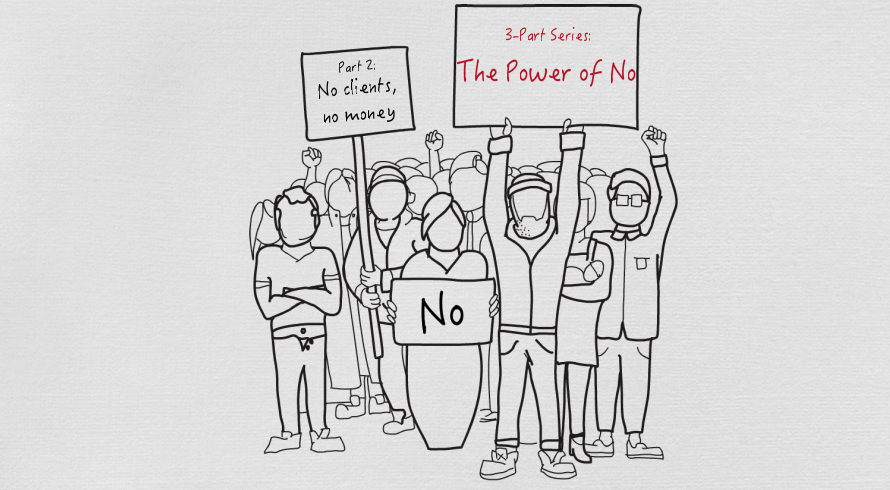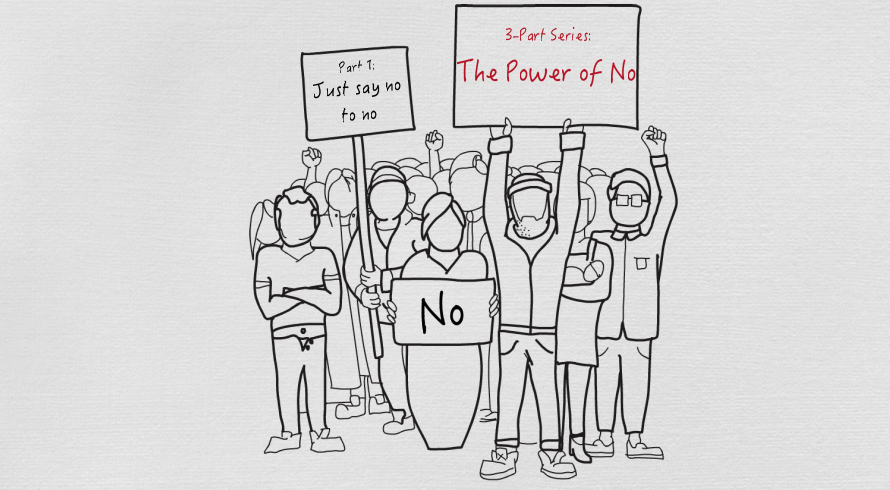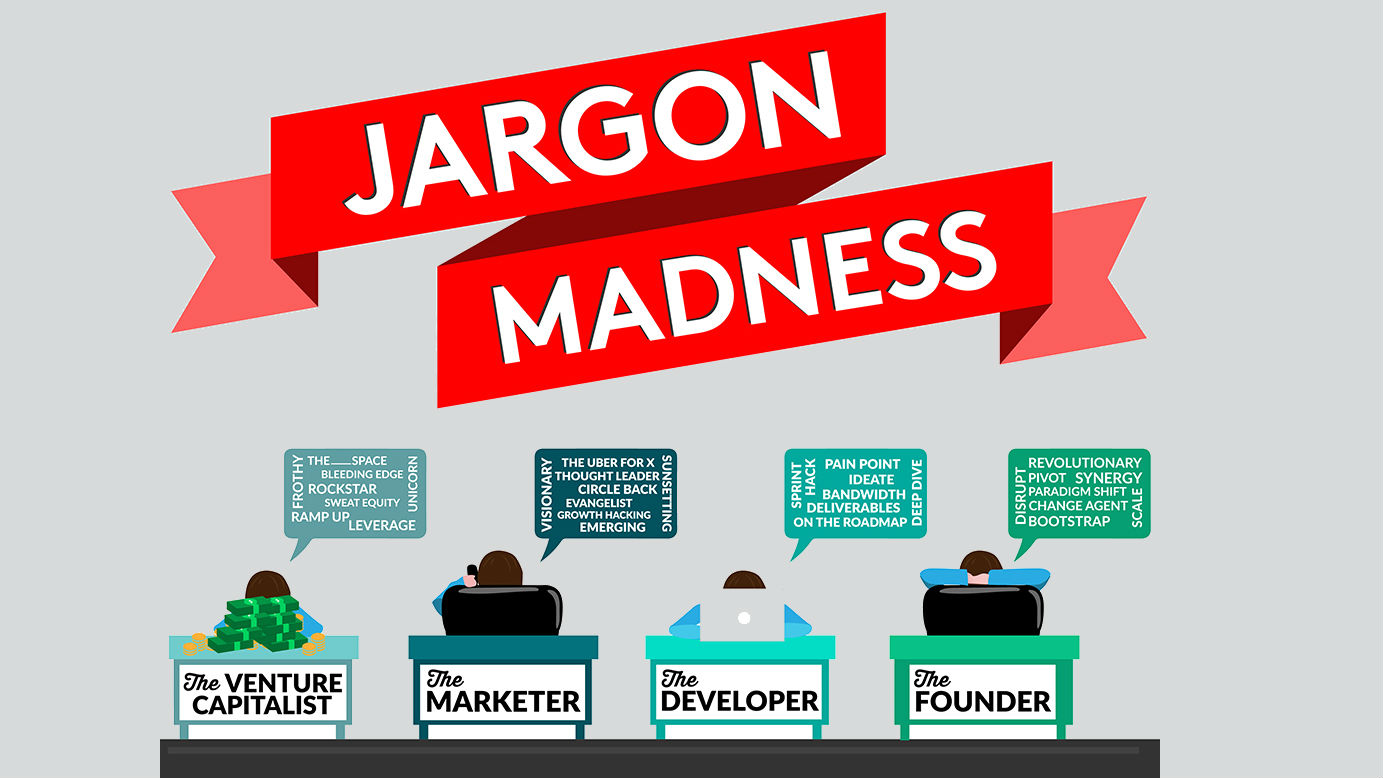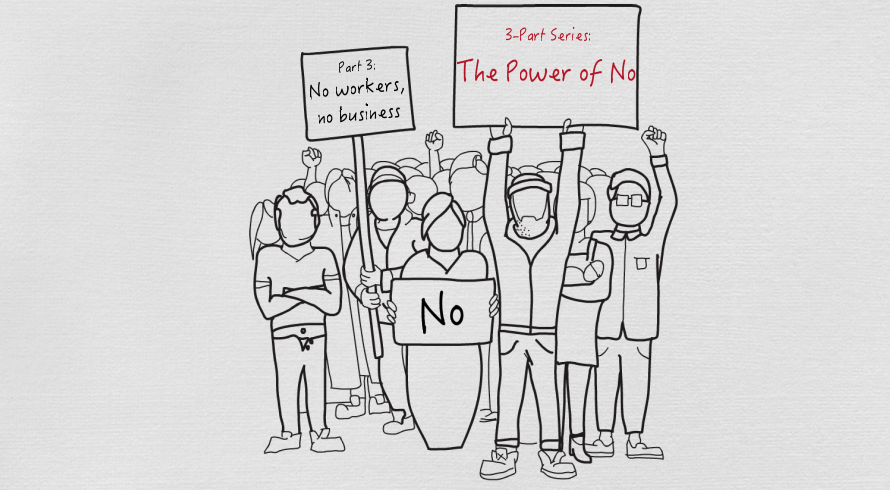
In Part 1: Just Say No to No, we discussed how words can be used to build bridges instead of walls. In Part 2, we are exploring how your words can strengthen your customer relationships and improve your own path to effective business communications.
First, ask yourself “how can this work for me?”
So, now that you’ve considered the “Power of No,” how do you implement alternatives in your professional language?
Sure, there can be times when it seems appropriate, but consider the impact it has on the conversation. Then, determine the value of building and maintaining a relationship with your customer.
How does this resonate with your business communications?
The word “no” in client services is very divisive and when used in this way, perpetuates the “us versus them” mentality. Here are some examples of how “no” is translated by a customer’s ears:
- “The customer is always right? Wrong.”
- “We know better than you do, Mr. Customer.”
- “You don’t know what you’re talking about.”
- “Our way is better than your way.”
Then, consider setting a precedent for change.
Let’s say a client makes a last minute request that seems impossible or unreasonable (or wants something for free-gasp!). Be honest with yourself: all you really want to say is “no“! It’s ok to feel this way. If you try to find an alternative this time, are you setting a precedent for future requests? Perhaps, but you are in control of any precedent that you set.
- Option 1. “Let me see if I can find a way.”
This is a solution-oriented way of letting the customer know that, while the answer isn’t immediately available and you are not able to commit at this time, you will consider it.
- Option 2. “I’ll get an estimate and timeline for you.Can you tell me how high of a priority this is?”
This is also a solution-oriented way of letting the customer know that, while the request isn’t do-able within the current budget or timeline constraints, it is potentially do-able with more information.
What’s next?
Key takeaway: if you want to impact leadership development, build trust in and improve your client services, consider implementing solution-oriented words and phrases into your business communications and then compare the results in how your client relationships flourish.
I look forward to hearing your stories about your own efforts to change the way you communicate with your clients. Next week, we’ll conclude this 3-part series on “The Power of No” by exploring how employee relationships are affected by the word “no”.
Thank you for listening.





